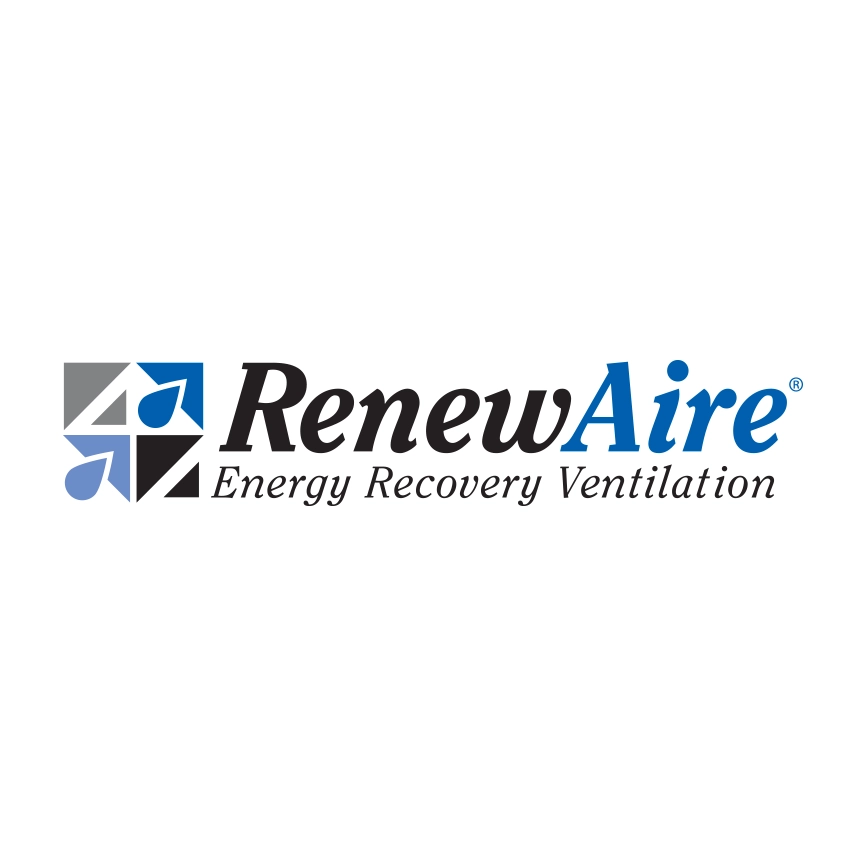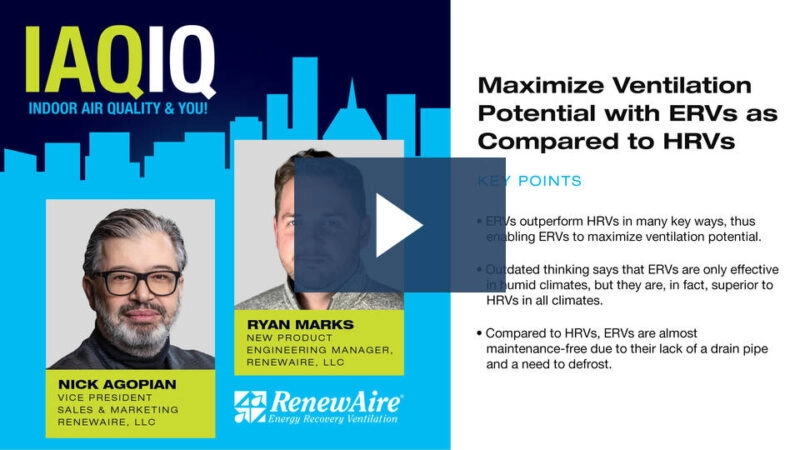The Silent Health Crisis: Indoor Air Quality in Long-Term Care
The Silent Health Crisis: Indoor Air Quality in Long-Term Care
Most nursing homes have infection control down to a science. They’ve got medication protocols that would make a hospital jealous. Fall prevention? They track every risk factor. But ask them about their air quality and you’ll likely get a puzzled look.
That’s a problem, because the air residents breathe every day has a bigger impact on their health than most facilities realize.
Think about it – these are people spending 95% of their time indoors, many with compromised immune systems or chronic respiratory conditions. Yet air quality rarely comes up in care planning meetings or quality improvement discussions.
Dr. Gregory Gasic, Neuroscientist and Scientific Consultant in Physics & Theoretical Biology has been talking about this for years. “Indoor air quality issues are a present and often ignored element of healthcare in long-term care facilities,” he says. COVID made the connection obvious – facilities with poor ventilation saw higher transmission rates. “Poor ventilation keeps viruses and bacteria suspended in the air, increasing infection risk, as we saw during the COVID-19 outbreak.”
But the pandemic just highlighted what was already happening every day.
The Numbers Don’t Lie
Jason Rowe, Director & Founder at Hello Electrical has been tracking air quality data across facilities, and his findings are pretty stark. “A five micrograms per cubic meter increase of PM2.5 can trigger an additional three to five emergency nebulizer treatments per week in a facility of 100 residents.”
That’s real residents having breathing emergencies that could be prevented. It’s staff time spent on crisis management instead of care. It’s healthcare costs that add up fast.
And the problems compound. “VOCs suppress sleep and appetite, weaken immune function, and lead to a 10–15% increase in respiratory infections,” Rowe explains. So you’ve got residents who can’t sleep, won’t eat, and keep getting sick. All from breathing bad air.
It’s Not Just About Breathing
Dr Shamsa Kanwal, Medical Doctor and Consultant Dermatologist, who specializes in dermatology, sees this from a different angle. “In residents with compromised immunity or chronic illness, poor air allows buildup of mold, VOCs, and fine particulates that aggravate asthma, COPD, and skin conditions.”
Dr Kanwal is talking about skin problems caused by air quality – something most people never connect. Dry air leads to cracked skin that gets infected. Airborne irritants trigger eczema flares. Poor humidity control can even make pressure sores develop faster.
“Maintaining optimal indoor air isn’t just about comfort,” she says. “It’s a medical necessity.”
Some Places Are Getting This Right
The good news? When facilities actually tackle air quality, they see results quickly.
Chris Kirksey, Founder & CEO, Direction.com from Direction.com worked with one place that made some upgrades. “Replacing standard HEPA filters with medical-grade units reduced airborne bacteria by nearly 40%. The result: fewer infections and improved recovery rates.”
Another facility focused on humidity control.
 Maegan Damugo, Marketing coordinator was there to see what happened: “In one instance, stabilizing humidity between 40% and 60% led to a 22% reduction in respiratory events. This isn’t a luxury. It directly affects residents’ comfort, staff workload, and long-term health outcomes.”
Maegan Damugo, Marketing coordinator was there to see what happened: “In one instance, stabilizing humidity between 40% and 60% led to a 22% reduction in respiratory events. This isn’t a luxury. It directly affects residents’ comfort, staff workload, and long-term health outcomes.”
Dr. Gregory Gasic has seen similar results elsewhere. “Daily exposure to still or polluted air worsens respiratory conditions and may accelerate cognitive decline in dementia patients. Improvements in airflow, filtration, and humidity control can dramatically impact resident comfort and health.”
The Ripple Effects Are Huge
What these experts keep pointing out is that air quality touches everything else. Dr. Kanwal puts it simply: “High-quality air improves sleep, cognition, infection control, and skin integrity. Facilities must prioritize filtration, humidity, and routine assessments.”
Better air means residents sleep through the night instead of waking up coughing. They think more clearly during the day. Their skin stays healthier. They don’t get as many infections. Staff spend less time putting out fires and more time on actual care.
This Should Be Standard Practice
Evan Tunis who works in healthcare insurance, sees this as basic responsibility. “The maintenance of good indoor air quality requires good ventilation, humidity control, and awareness among medical workers and residents alike. It’s part of the core responsibility of care.”
And here’s the thing – a lot of these fixes aren’t massive capital projects. Upgrading filters, adjusting humidity settings, improving ventilation – these changes often pay for themselves through reduced emergency interventions and better health outcomes.
What Needs to Change
Long-term care facilities are already doing incredibly complex work with tight budgets. Nobody’s asking them to reinvent everything. But treating air quality like it matters – giving it the same attention as medication safety or infection control – that’s not unreasonable.
When ventilation works properly, respiratory crises drop. When humidity is controlled, skin conditions improve. When air gets filtered effectively, infection rates fall. These aren’t luxury improvements – they’re basic infrastructure that makes everything else work better.
Time to Connect the Dots
We’ve got solid evidence that indoor air quality directly affects resident health. We know what works. The technology exists and it’s not prohibitively expensive.
What we’re missing is recognition that the air people breathe in these facilities is just as important as the water they drink or the food they eat. Right now, too many places are unknowingly letting poor air quality undermine all the good work they’re doing in every other area of care.
For facilities serious about resident health outcomes, air quality can’t be an afterthought anymore. It needs to be part of the conversation from day one.










